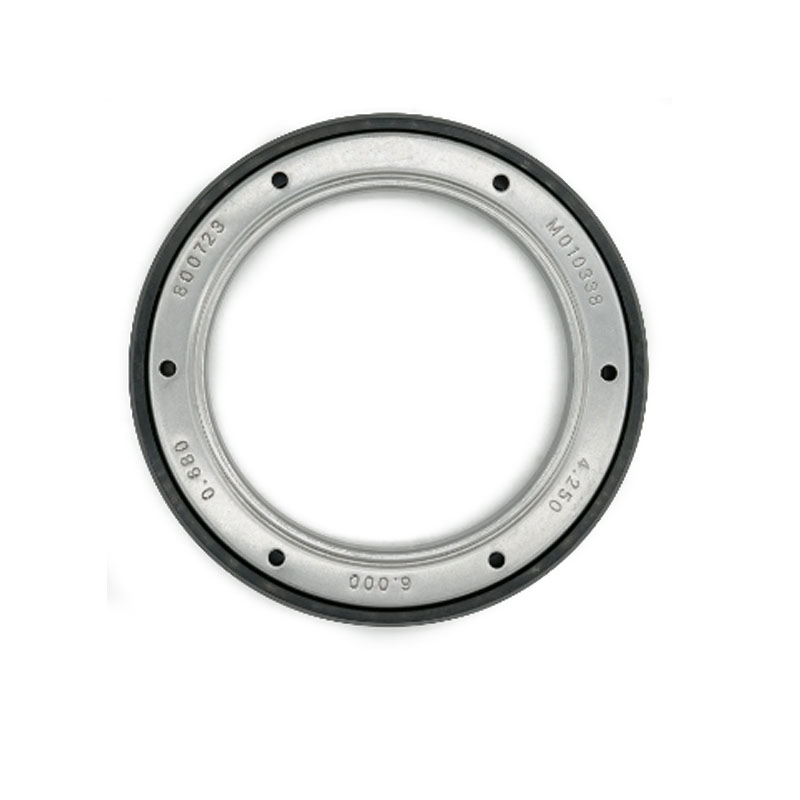Understanding and Resolving Issues with Stripped Oil Drain Plugs in Automotive Maintenance
Understanding Stripped Oil Drain Plugs Causes and Solutions
Oil drain plugs play a crucial role in the maintenance of vehicles, ensuring that oil can be effectively drained during changes. However, one issue that often arises during an oil change is the stripping of the oil drain plug. This can lead to significant problems, including oil leaks, the inability to drain oil, and potentially costly repairs. Understanding the causes of stripped oil drain plugs and how to address them is vital for vehicle owners.
What Causes Oil Drain Plugs to Strip?
Stripped oil drain plugs typically result from a few common factors. Firstly, the most frequent cause is over-tightening. When changing oil, many individuals mistakenly believe that tighter equals better. However, excessive torque can cause the threads on the plug or the oil pan to become damaged, rendering them ineffective. Additionally, using incorrect tools or techniques can exacerbate this issue, leading to further wear and tear on the metal.
Another contributing factor is the use of a drain plug that does not properly match the specifications of the oil pan. If the threads don't align correctly, even normal tightening can result in stripping. This highlights the importance of using the right tool and parts suitable for your vehicle.
Lastly, wear and tear over time can weaken both the oil drain plug and the threads in the oil pan
. As vehicles age, parts can corrode or become brittle, increasing the likelihood of stripping during routine maintenance.Signs of a Stripped Oil Drain Plug
stripped oil drain plug

Identifying a stripped oil drain plug early on can save vehicle owners from more severe problems down the road. When a plug is stripped, you might notice oil leaks forming beneath your vehicle. Additionally, during an oil change, if the plug does not tighten correctly or feels loose despite being turned snug, it could be a sign of stripped threads. In some cases, you might also hear a grinding noise or feel unusual resistance when attempting to remove or install the plug.
Solutions for Stripped Oil Drain Plugs
If a vehicle owner suspects that their oil drain plug is stripped, they should take immediate action to remedy the situation. The first step is to assess whether the threads in the oil pan are damaged. If the stripping is minor, and the pan is still intact, employing thread repair products like Helicoil can be a practical solution. This method involves inserting a coil into the damaged threads, allowing a new plug to be securely fitted.
If the damage is extensive, replacing the oil pan might be necessary. While this option can be more costly, it will ensure that the vehicle operates correctly and safely. A reputable mechanic can assess the situation and recommend the best option based on the extent of the damage.
To prevent future issues, it is worthwhile for vehicle owners to adopt a few best practices. Always follow the manufacturer's specifications for torque settings during oil changes, and consider using a new washer to ensure a better seal. Additionally, regularly inspect the drain plug and surrounding area for any signs of wear.
Conclusion
Stripped oil drain plugs can pose significant challenges for vehicle owners, but understanding the causes, signs, and solutions can help mitigate these issues. Regular maintenance, the use of proper tools, and adherence to recommended practices can keep vehicles running smoothly and prevent costly repairs. Being proactive about vehicle care not only enhances performance but also prolongs the life of the vehicle, ensuring peace of mind on the road.
-
Understanding the Importance of the Crankshaft Oil Seal in Engine Performance
News Jun.16,2025
-
The Unsung Heroes of Engine Protection: Understanding Automotive Shaft Seals and Oil Seals
News Jun.16,2025
-
Keeping the Engine Tight: The Role of Crankshaft Seals and Gaskets in Oil Control
News Jun.16,2025
-
Complete Protection in Harsh Conditions: A Deep Dive into Cassette Seals
News Jun.16,2025
-
Choosing the Right Oil Seal: A Guide to Trusted Brands and Suppliers
News Jun.16,2025
-
Advanced Sealing Technologies: Exploring the Range of Modern Oil Seals
News Jun.16,2025
-
Your Essential Guide to Car Repair Kits: From Rust to Dings
News Jun.13,2025
Products categories















